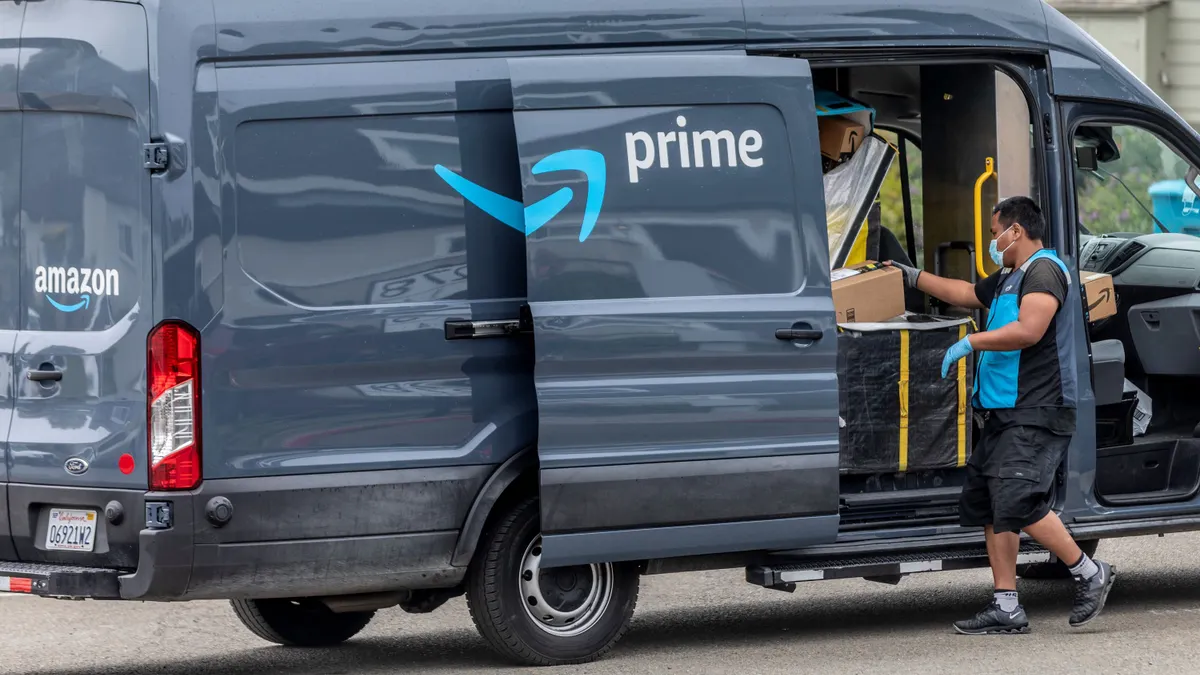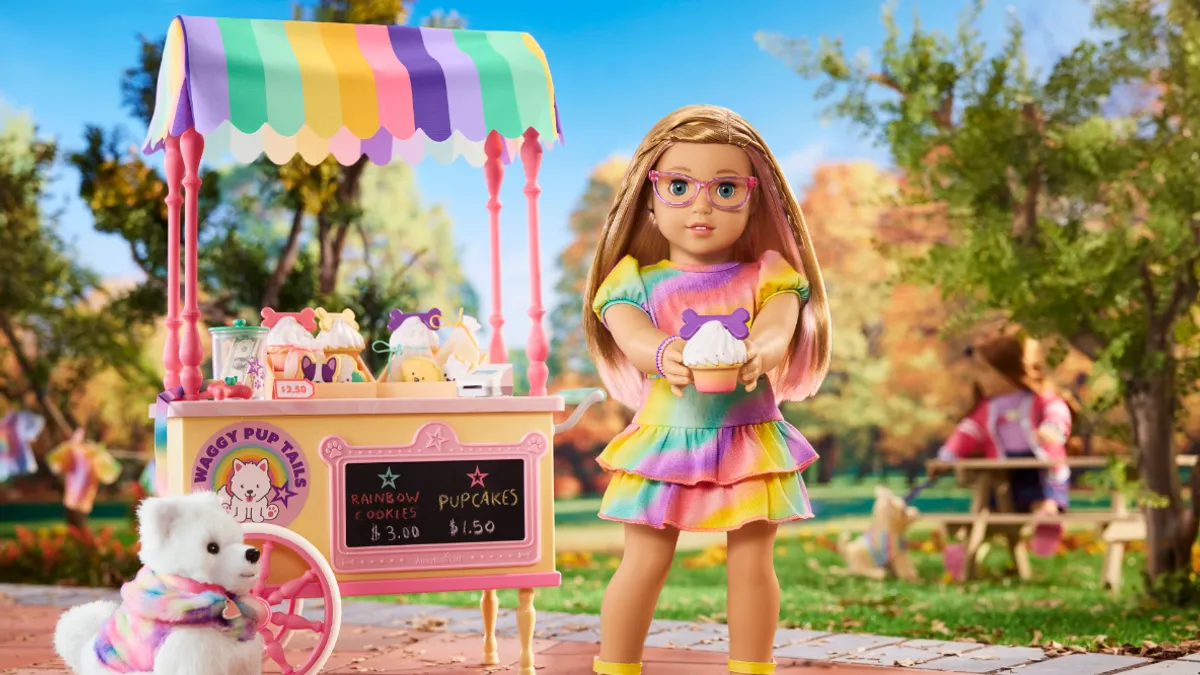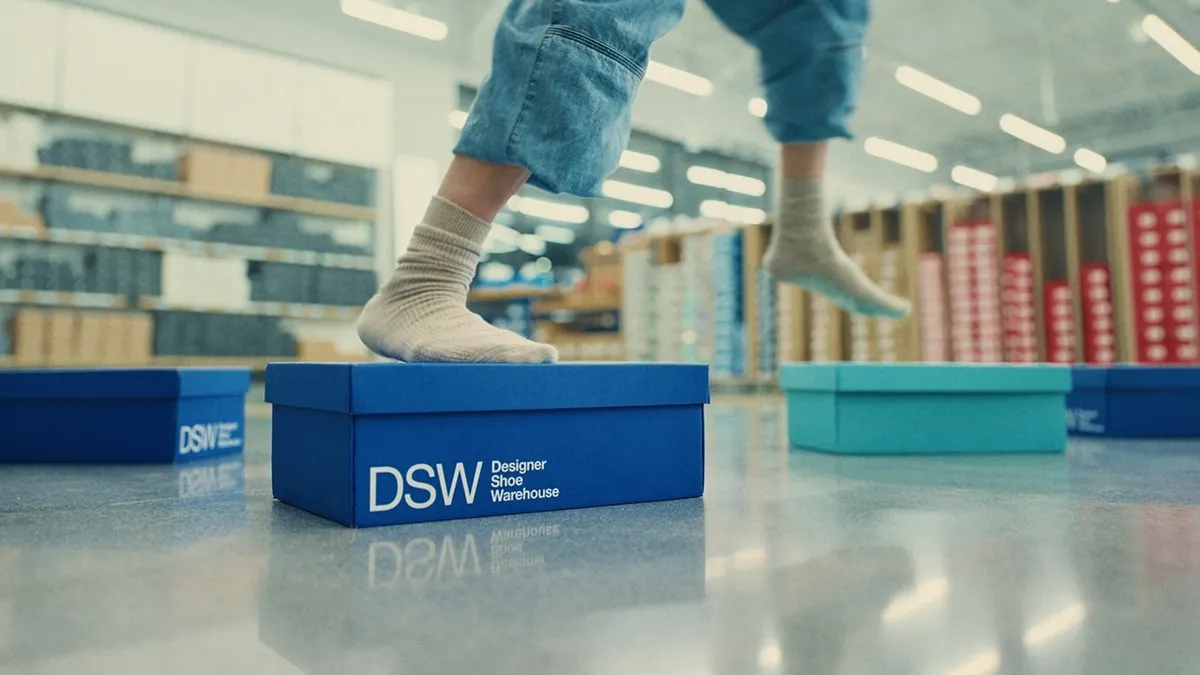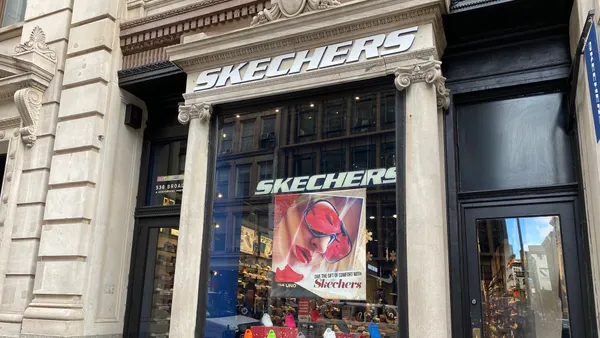Saddled with debt and tipped into bankruptcy by a supplier panic, Toys R Us went into Chapter 11 in September hoping to use the process to fix its business for the long-term.
It appears now that won't happen. On Thursday, the company requested court permission to wind down its U.S. operations after failing to find a buyer or new capital to keep it afloat after a wretched holiday season.
The toy seller had been losing market share for years to mass merchants. Its debt load, a hangover from a leveraged buyout by private equity firms in 2005, left it with hundreds of millions of dollars in interest payments each year. That left the company unable to invest in prices, stores and e-commerce.
Bankruptcy presented Toys R Us with a chance to close unprofitable stores and perhaps — if creditors agreed — to get some much needed debt relief. In the immediate aftermath of the bankruptcy, CEO Dave Brandon and the company's public relations team moved to assure customers and suppliers that the retailer was still open for business. The company's attorneys pointed to Toys R Us' status as the last national toy seller — and showroom for toys — when trying to win support for the company's turnaround efforts in bankruptcy.
Weeks after filing, the retailer unveiled a rebranding campaign, snapped up an online toy marketplace and announced deals and price matching policies for the holidays.
Those holidays, by the way, were incredibly important to the retailer. The company typically generated 40% of its revenue during the season and much of its profit and cash flow.
The period did not go well.
'Well below the worst case'
In fact, the retailer said in a court filing Thursday that sales "came in well below worst case projections." The earnings targets attached to its debtor-in-possession (or DIP) loan — a crucial bankruptcy financing measure that has kept the retailer afloat since filing — was $250 million short of projections. The shortfall meant the Toys R Us had defaulted on its DIP loan terms.
As Toys R Us attorneys detailed in the court document, the retailer's Chapter 11 filing, just ahead of the holiday sales season, "put tremendous strain on operations" as Toys R Us was building up its inventory for the year. Meanwhile, Target, Walmart and Amazon were pricing toys "at low margins or as loss leaders, prices at which [Toys R Us] could not compete because they rely exclusively on toys for profit."
Attorneys for the company also said that, historically, Toys R Us had made high margin sales on last minute gifts from customers afraid online sales wouldn't deliver in time for the holidays. But, with more and more retailers offering speedy delivery, those sales dropped off. (Although not mentioned in the court filing, Toys R Us had plenty of issues fulfilling its own holiday orders in time.) They also said that fewer customers than expected bought giftcards, likely because of the retailer's bankruptcy.
In January, Toys R Us started modifying its domestic business plan, looking at a "significantly smaller brick-and-mortar footprint," according to the filing. (In January, it announced initial plans to close 180 stores.)
A 'stark reality'
But to keep even 400 stores open, Toys R Us would have needed a capital infusion of "several hundred million dollars" as it burned through $50 million to $100 million a month, attorneys said, adding that some lenders, to "protect their interests in inventory values," imposed reserve restrictions. That crimped the retailer's liquidity yet more.
The "stark reality" was that Toys R Us would be out of cash by May, attorneys said.
A group of the retailers' lenders determined that "the best way to maximize their recoveries is to liquidate the existing inventory in all of [Toys R Us'] 735 remaining U.S. stores and begin an orderly wind-down of the U.S. operations."
On Wednesday, the company sent notices to "substantially all" its U.S. employees — more than 30,000 — notifying them that they could be out of jobs within 60 days.

Retail Dive
The retailer tried to save its U.S. business by searching for a buyer. By mid-March, Toys R Us and its representatives had reached out to 40 parties about potential financing or a buyout for the company's U.S. business, attorneys said. Of those, ten signed non-disclosure agreements, indicating some interest. Meanwhile, the company's lawyers were trying to negotiate with its lenders to keep the retailer out of default on its DIP loan.
But the lenders saw liquidation of the U.S. business as the most viable path to repayment, as a turnaround and reorganization strategy would have racked up high costs, Toys R Us' attorneys said.
On Wednesday, the company sent notices to "substantially all" its U.S. employees — more than 30,000 — notifying them that they could be out of jobs within 60 days. Together with its secured lenders, Toys R Us is working with creditors on a wind-down budget.
The retailer is also working on a last ditch plan that would preserve its 200 best-performing sales as part of a transaction for Toys R Us' Canadian business, but attorneys cautioned that the speed needed in the wind-down efforts meant it had to proceed with the liquidation process even as it sought a going concern deal for the Canadian business.
'Too many stores and too much debt'
Whatever happens, Toys R Us as currently constituted appears to be finished. Its story is one of competition and consumer shifts, as well as one of finance.
"In Toys' case, high leverage remaining from the 2005 leveraged buyout reduced financial flexibility, which in turn limited investment, leading to the erosion of the company's competitive position at a time when its primary competitors such as Walmart, Amazon, and Target were running on all cylinders" Moody's Retail Analyst Charlie O'Shea said in comments emailed to Retail Dive.
"In an age where shopping for toys is more efficient online or at Walmart, a big-box toy retailer with next to nothing in terms of service or experience doesn't make a lot of sense."

Tim Barrett
Senior retailing analyst at Euromonitor International
"Toys was ultimately unable to outrun its highly-leveraged capital structure, with the end result being today's development," he added.
"In an age where shopping for toys is more efficient online or at Walmart, a big-box toy retailer with next to nothing in terms of service or experience doesn't make a lot of sense," Tim Barrett, senior retailing analyst at Euromonitor International, said in emailed comments. "Had the chain embraced e-commerce earlier instead of outsourcing it to Amazon from 2000 to 2010, things might have gone differently."
Barrett also pointed out that, along with investing in e-commerce, Toys R Us also needed to — but failed to — reinvent its store model, such as by adding daycare centers at locations. "Spread thin across too many countries, with too many stores and too much debt, it boxed itself into its current fate," he added.
As Barrett and others have noted, the liquidation of Toys R Us stores is likely to be a boon for Walmart, Target and Amazon, but it could also deflate prices for toys.
Plenty of other uncertainties remain: Who will ultimately own the company's brand name and other U.S. intellectual property? Will some stores remain open? Who among the mass merchants and smaller players will come away with the most market share?
Whatever the answers, a big chapter in Toys R Us' long history looks set to close.





















